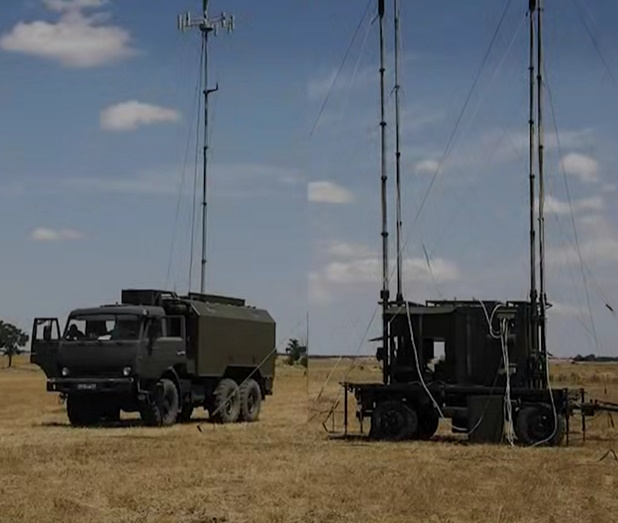A unique piece of Russian equipment was burnt on the frontlines. Ukrainian drone operators have confirmed the destruction of an R‑330Zh radio‑interference station called “Zhytel”, which the invaders use to disrupt communications, shoot down drones, and disable smart munitions, Unmanned Systems Forces report.
Since the start of the all-out war, only 23 such systems have been visually confirmed destroyed.
Ukrainian fighters of the 412th Nemesis Regiment, together with aerial reconnaissance from a unit of the State Border Guard Service (DPSU), have located and incinerated one such unit in Luhansk Oblast.
What is the “Zhytel”, and why does it matter to Russia?
The Zhytel is a complex, multifunctional system. Technically, it can jam ground radio communications up to 25 km, aerial communications up to 50 km, direction‑find radio emission sources, and determine their coordinates.
The complex also creates interference for satellite communications (Inmarsat, Iridium), NAVSTAR (GPS) navigation, and GSM base stations (900/1800/1900 MHz), Militarnyi writes. These capabilities make the Zhytel an expensive and tactically important battlefield target.
How did the Unmanned Systems Forces destroy the target?
According to reports, the Zhytel was detected through cooperation between reconnaissance and strike UAV units: aerial reconnaissance confirmed the location, Unmanned Systems operators carried out a precision strike and finished off the system.
This sequence — detect, confirm, coordinate, strike — has become the standard algorithm for destroying enemy EW complexes. The activity of defense‑industry “startup” structures and rapid inter‑unit coordination enables fast responses to enemy EW threats.
Consequences for Russian troops and the security of Ukraine's communications
Destroying the Zhytel reduces the Russian ability to effectively jam communications channels, disrupt GPS navigation, and degrade the performance of drones and smart munitions.
This increases the resilience of Ukrainian remote reconnaissance and strike systems, facilitates UAV operations, and lowers risks to unit coordination. However, the Russians still possess other EW assets, so detection and destruction of such systems remains a priority.




